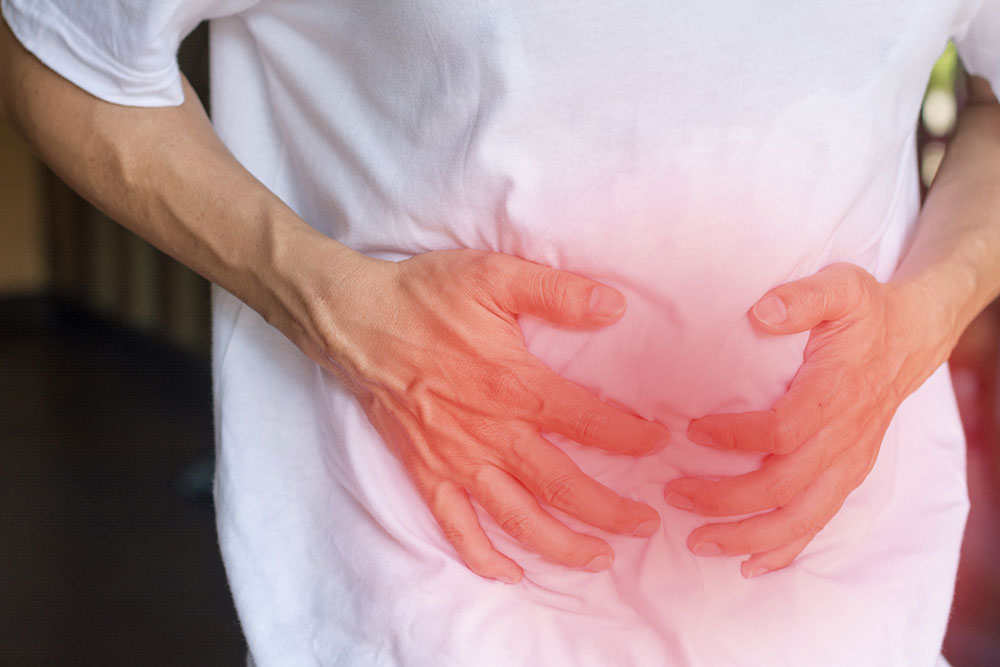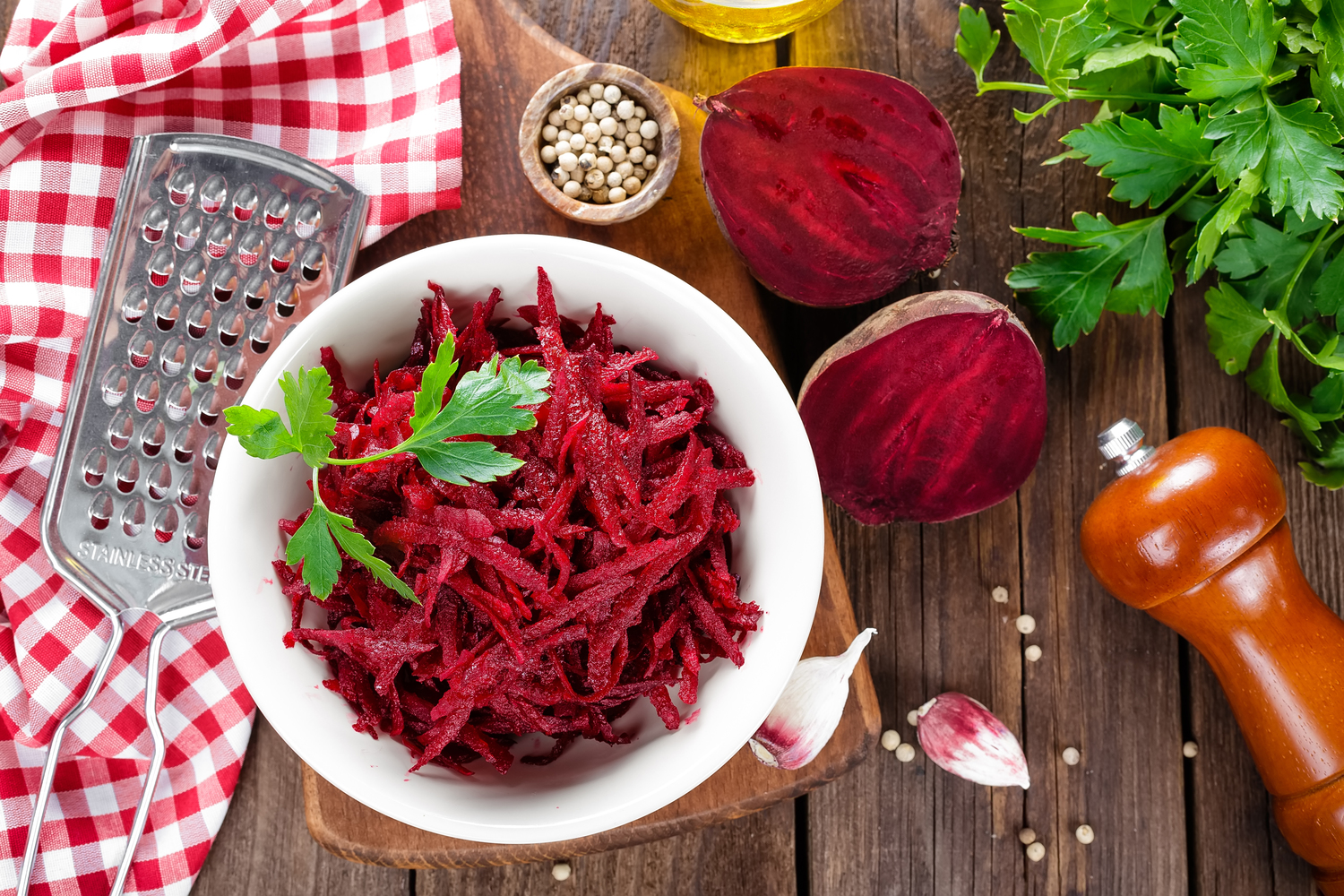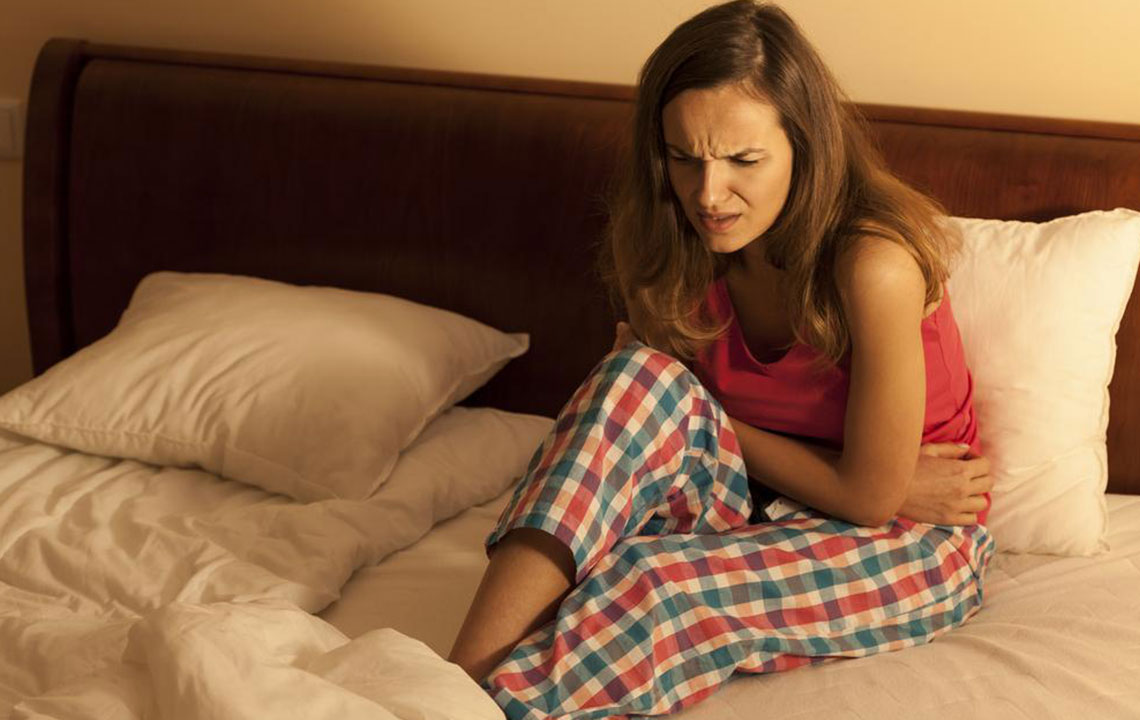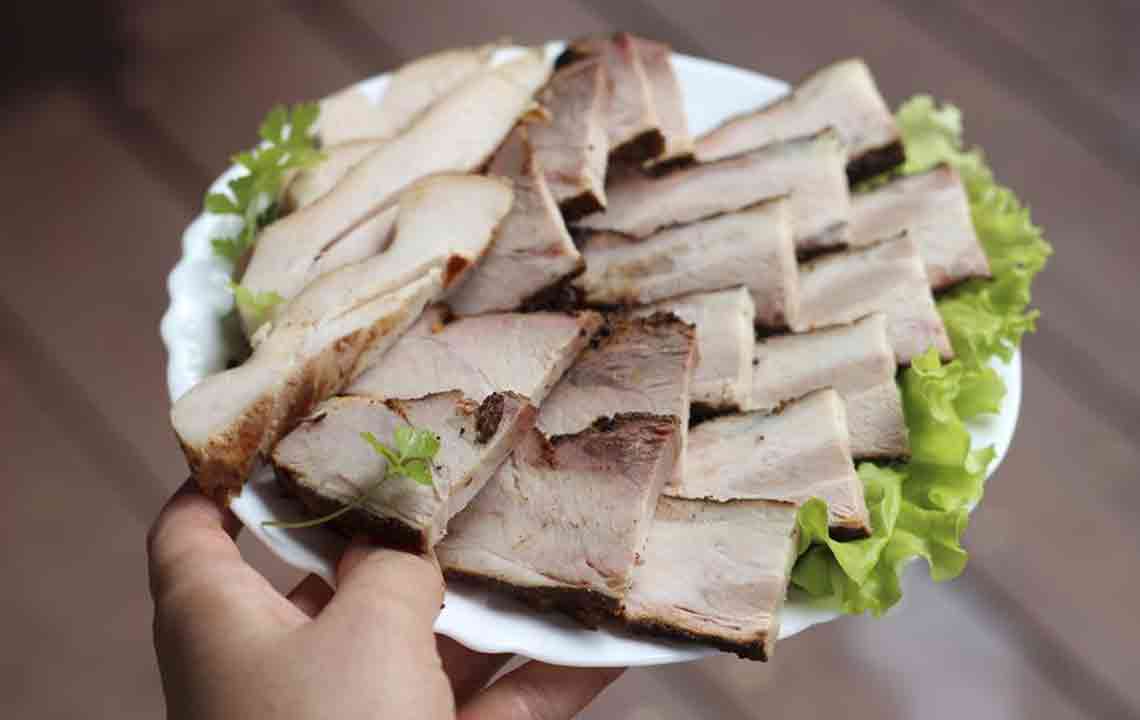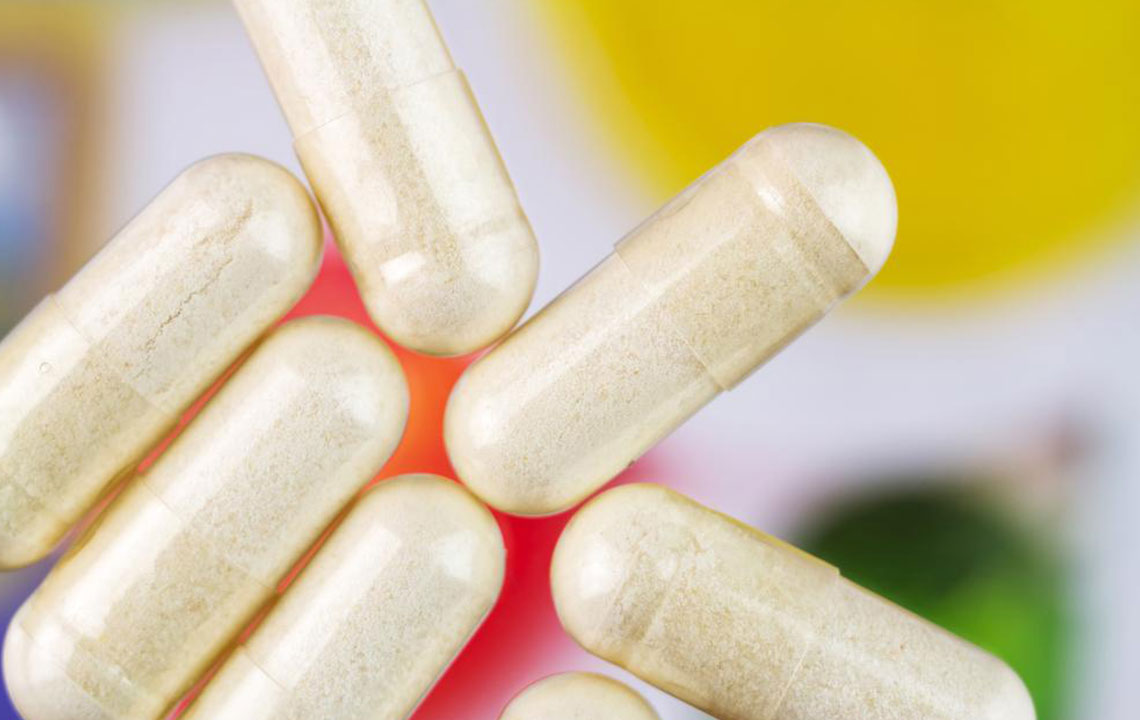Comprehensive Dietary Strategies for Managing Diverticulosis Effectively
Managing diverticulosis effectively involves strategic dietary choices and lifestyle modifications. During flare-ups, a liquid diet helps ease symptoms, while a high-fiber diet supports long-term gut health and prevents recurrence. Combining medical advice with healthy habits can significantly improve quality of life for those affected.

Essential Dietary Guidelines to Support Diverticulosis Management
Diverticulosis, a common gastrointestinal condition characterized by the formation of small pouches in the colon wall, can lead to discomfort, pain, and potential complications if not managed properly. Proper nutrition plays a pivotal role in alleviating symptoms and preventing disease progression. While medical interventions are crucial, diet modifications serve as a cornerstone of long-term management. The root causes of diverticulitis are not fully understood, but research indicates that inadequate dietary fiber intake significantly increases susceptibility. Dietary fiber is fundamental for healthy digestion, facilitating smooth stool passage, reducing pressure within the colon, and decreasing inflammation risk. A diet rich in fiber not only helps prevent flare-ups but also enhances overall gut health.
Healthcare providers tailor dietary recommendations based on the current severity of symptoms. Their advice often combines dietary strategies with prescribed medications, probiotics, or other treatments to optimize patient outcomes.
Managing diverticulosis involves adopting dietary patterns that support intestinal function. These range from liquid diets during flare-ups to high-fiber regimens aimed at preventing future episodes. Both approaches are designed to ease symptoms, restore gut health, and promote overall well-being.
Liquid Diet During Acute Flare-Ups
When experiencing severe symptoms such as intense abdominal pain, vomiting, or rectal bleeding, doctors often recommend a liquid diet. This approach minimizes stress on the inflamed bowel and allows the digestive system to rest and recover. Clear broths, vegetable soups without solid particles, fruit juices (without pulp), gelatin, and electrolyte drinks are typical options during this phase. As symptoms subside, patients can gradually reintroduce gentle, low-fiber foods in a phased manner. This transition helps prevent relapse and prepares the gut for a return to normal eating habits.
Transitioning to a Low-Fiber, High-Fiber Diet
For those with mild diverticulitis or in remission phases, a high-fiber diet can significantly improve bowel regularity and reduce recurrence risk. Incorporating foods such as leafy greens, apples, pears, nuts, lentils, beans, whole grains, oats, and prunes can help achieve optimal fiber intake. Fiber not only adds bulk to stool but also enhances gut motility, preventing stool stagnation that can lead to flare-ups. It is vital to reintroduce fiber gradually, allowing the digestive system to adapt without causing bloating or discomfort. Regular consultation with healthcare professionals ensures dietary plans are tailored to individual needs.
Besides dietary changes, lifestyle modifications such as quitting smoking, maintaining a healthy weight, engaging in regular exercise, and managing stress are integral components of diverticulosis management. Developing healthy bathroom habits, like avoiding straining during bowel movements and responding promptly to bowel signals, also helps prevent flare-ups. Continuous education about recognizing early symptoms and seeking timely medical advice is crucial for effective management and maintaining quality of life.

